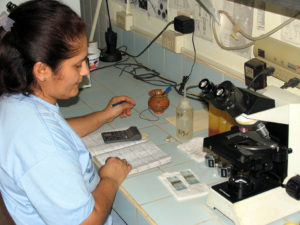
Effective management of WSSV in shrimp
As research on WSSV continues, commonsense steps can lessen the potential impacts of white spot syndrome virus on shrimp-farming operations.
There is much interest in the biology and artificial propagation of the Malaysian mahseer, both for conservation and aquaculture production.

As research on WSSV continues, commonsense steps can lessen the potential impacts of white spot syndrome virus on shrimp-farming operations.
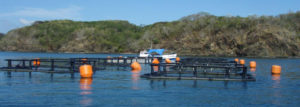
The technology for closing the life cycle of spotted red snappers has progressed due to efforts of government and private-sector researchers.

Some of the more promising alternatives to antibiotics for the treatment of Nile tilapia are found in the group of organic acids and their salts.
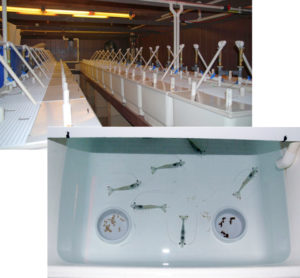
New cost-effective additives, such as fishery byproducts, will likely be needed to meet the increasing demand for feeding stimulants by aquafeed producers.
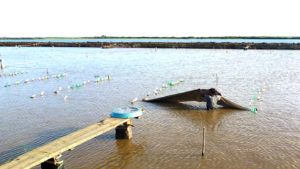
Measurements of nitrogen isotope uptake can enable more efficient study of feed utilization in whole aquaculture pond systems.
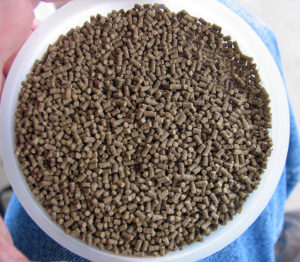
Shrimp farm performance can often be below realistic production standards. Use proven nutrition, feeds and feeding techniques to improve profitability.
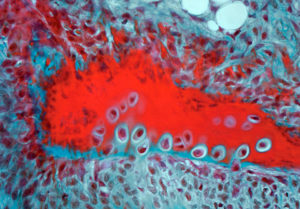
Deformities in farmed fish skeletons can result from excessively fast growth, high temperatures, insufficient calcium and phosphorus, and other factors.
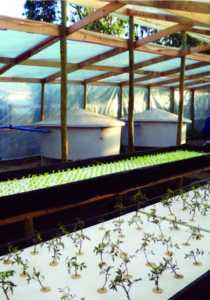
Integrated aquaponic operations can improve water use efficiency because plants participate in nitrogen and phosphorus removal and integration.
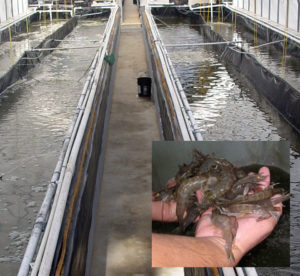
In an experiment comparing two biofloc concentrations, shrimp grew larger and faster in low-solids, with no significant differences in survival, FCR or final biomass.
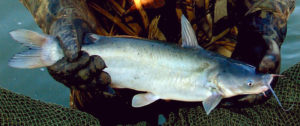
Hybrid catfish offer production advantages over channel catfish. Trials show greater survival, faster growth and shorter production cycles.
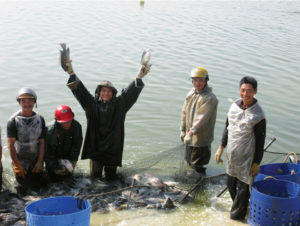
Sustainable development of China's tilapia industry depends largely on the market prices of products, disease control, climate and seed availability.
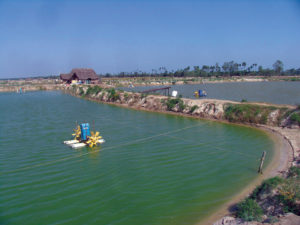
In the international aquaculture trade, producers have lots of information on how their fish or shrimp were produced, but buyers may know little about a product’s safety, origins or environmental and social impacts.
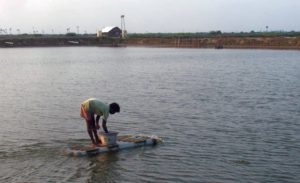
It is time to recognize the crucial role of small-scale farmers in Asian aquaculture production and trade. The socially and economically important small-scale sector – the “mainstay” of Asian aquaculture – is innovative, but faced with constraints in modern markets. The sector needs investment from public and private sectors to compete and thrive. Another challenge is to develop certification programs in ways that promote responsible aquaculture expansion with due consideration to small-scale farming.
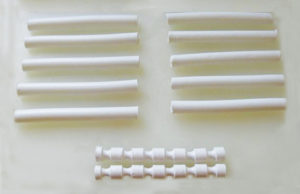
Meat recovered from seafood processing byproducts could be combined with nutraceutical ingredients to form customizable seafood items.
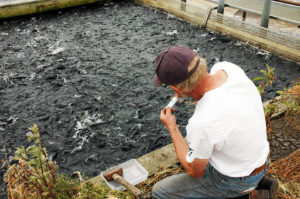
Formalin use is a common fish parasite control, but the chemical’s potential work safety and ecological impacts are leading to a search for alternatives.